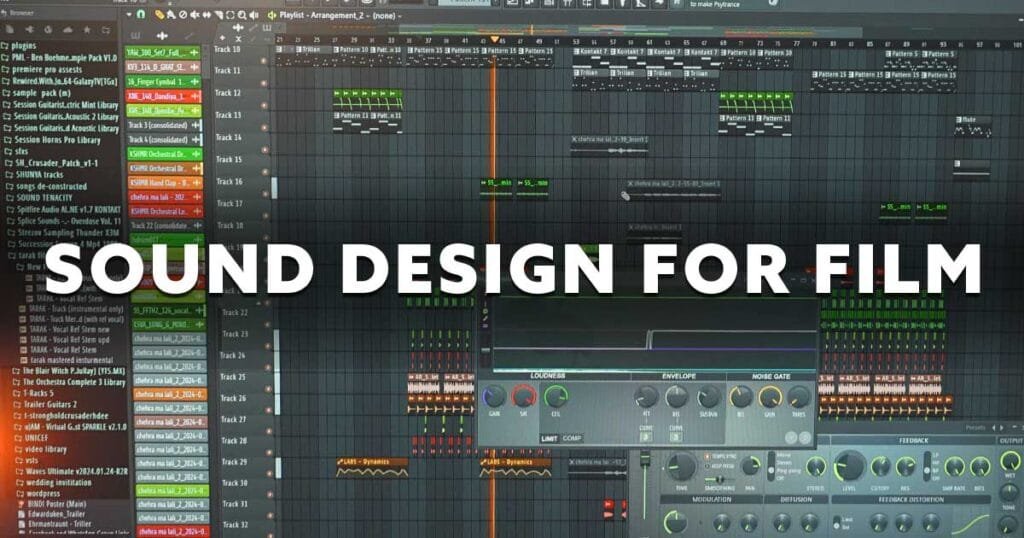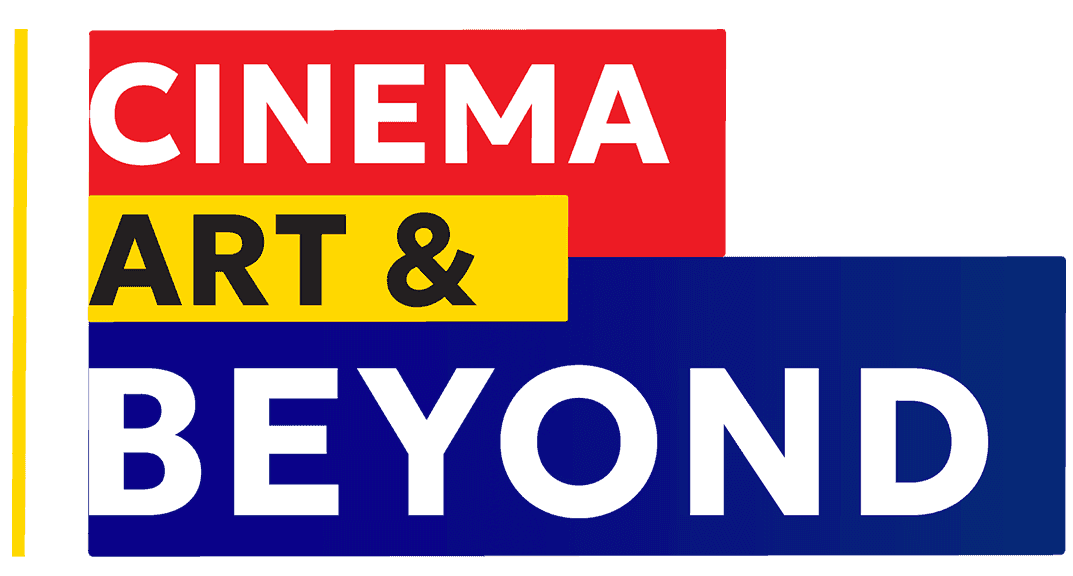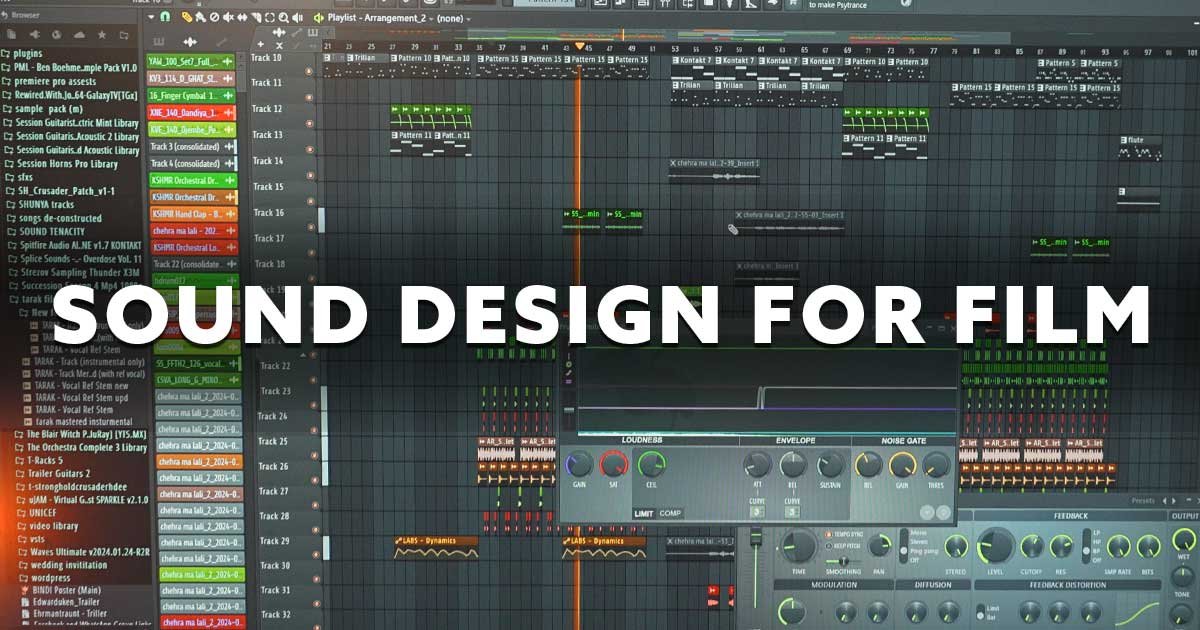Explore the art and science of sound design for film in this detailed guide. Learn about its history, techniques, components, and how it shapes storytelling, enhances emotions, and immerses audiences in cinematic experiences.
Sound design is an essential aspect of filmmaking that often operates behind the scenes but profoundly influences how audiences experience a film. While visuals are the most immediately apparent component of cinema, sound shapes the emotional, narrative, and immersive qualities of a movie in ways that are often subconscious but deeply effective. This article explores the multifaceted world of sound design for film, covering its history, techniques, components, and its impact on storytelling.

A Brief History of Sound in Film
Sound has always been an integral part of the cinematic experience. During the silent film era, music played live in theatres accompanied screenings, helping to set the mood and provide emotional cues. With the advent of synchronized sound in the late 1920s, movies like The Jazz Singer (1927) revolutionized the industry by incorporating dialogue, sound effects, and music directly into the film itself.
The 20th century witnessed exponential advancements in sound technology, from mono to stereo and eventually to surround sound systems like Dolby Atmos. These developments enabled filmmakers to create more immersive soundscapes, blending dialogue, music, and sound effects into seamless auditory experiences.
The Role of a Sound Designer
A sound designer is responsible for creating the auditory elements of a film. This involves working closely with directors, editors, and composers to ensure that the sound aligns with the film’s vision and narrative. The primary tasks of a sound designer include:
- Recording and Editing Dialogue:
- Ensuring clarity and consistency in spoken lines.
- Overseeing Automated Dialogue Replacement (ADR) for re-recorded lines.
- Creating Sound Effects:
- Generating ambient sounds, Foley effects, and synthesized effects.
- Shaping the Soundscape:
- Mixing and layering audio elements to craft a cohesive auditory experience.
- Implementing Music:
- Collaborating with composers to integrate scores and songs into the film.
- Leveraging Technology:
- Utilizing software and hardware tools to edit, mix, and finalize audio tracks.
Components of Sound Design
Sound design encompasses three primary categories: dialogue, sound effects, and music. Each plays a distinct role in crafting the auditory narrative of a film.
- Dialogue: Dialogue is the backbone of verbal storytelling in a film. The clarity, tone, and placement of dialogue are critical for conveying information and emotion.
- Production Sound: Recorded on set during filming, often requiring clean-up in post-production to remove unwanted noise.
- ADR: Used to re-record lines or add dialogue that wasn’t captured during the shoot.
- Voiceovers and Narration: Provide context or additional storytelling layers.
- Sound Effects:
- Foley: Custom sounds created by Foley artists to replicate real-world actions, such as footsteps, door creaks, or rustling clothing.
- Environmental Sounds: Background noises like wind, rain, or city traffic that establish the setting.
- Special Effects: Synthesized or heavily processed sounds for fantastical or otherworldly elements, such as alien voices or futuristic weapons.
- Music: Music enhances emotional resonance and underscores narrative beats. It can be:
- Diegetic: Originating from within the film’s world (e.g., a character playing a guitar).
- Non-Diegetic: External to the film’s world, such as a background score.
Techniques in Sound Design
Sound designers employ a variety of techniques to achieve their goals. These techniques range from traditional methods to cutting-edge technologies.
- Layering:
- Sound designers layer multiple sounds to create rich and complex effects. For example, a dragon’s roar might combine recordings of various animal growls, wind noises, and synthesized tones.
- Panning and Spatialization:
- Panning moves sound across the stereo or surround field, creating a sense of directionality. Spatialization ensures sounds feel like they’re coming from specific locations in the cinematic world.
- EQ and Filtering:
- Equalization adjusts frequencies to shape the tonal quality of sounds. Filtering can simulate muffled effects, such as hearing a conversation through a wall.
- Reverb and Echo:
- Reverb adds a sense of space and depth, while echo creates a delay effect. These techniques help place sounds within a specific environment.
- Dynamic Range Compression:
- Compression controls the volume of audio to maintain consistency, ensuring no sound is too soft or too loud.
- Synthesis and Sampling:
- Synthesizers and samplers create unique sounds that don’t exist in the real world, such as laser blasts or robotic voices.
- Automation:
- Automation software allows precise control of audio parameters over time, such as gradually increasing volume or panning sound from left to right.
The Emotional Impact of Sound
Sound is a powerful emotional tool in cinema. It can:
- Set the Mood:
- Music and ambient sounds establish the tone of a scene, whether it’s tense, joyful, or melancholic.
- Heighten Suspense:
- Sudden, sharp sounds or prolonged silences can create tension and anticipation.
- Convey Character Emotions:
- Soundtracks often reflect a character’s inner state, providing audiences with emotional cues.
- Immerse Audiences:
- Realistic and detailed soundscapes make viewers feel like they’re part of the film’s world.
- Provide Narrative Clues:
- Sounds can foreshadow events or signify shifts in the storyline. For instance, the sound of a clock ticking might indicate impending danger or a countdown.
Case Studies in Sound Design
- Star Wars (1977): Ben Burtt’s groundbreaking work on Star Wars introduced iconic sounds like the hum of lightsabers, the roar of TIE Fighters, and R2-D2’s beeps. These sounds were created by blending real-world recordings with innovative techniques, demonstrating the creative potential of sound design.
- Inception (2010): Hans Zimmer’s “BRRRAAAM” sound in Inception became a cultural phenomenon. This low-frequency, reverberating tone enhanced the film’s intensity and has since influenced numerous trailers and films.
- A Quiet Place (2018): This film’s unique premise—where silence is vital for survival—placed extraordinary emphasis on sound design. The careful use of silence, amplified ambient noises, and distinct creature sounds created a tense and immersive experience.
Challenges in Sound Design
Sound designers face numerous challenges, including:
- Balancing Creativity and Realism:
- Striking the right balance between imaginative soundscapes and authentic audio.
- Technical Constraints:
- Managing limited budgets, time, and resources while achieving high-quality sound.
- Collaborative Dynamics:
- Ensuring the sound aligns with the director’s vision and integrates seamlessly with other film elements.
- Audience Expectations:
- Modern audiences are increasingly discerning, demanding innovative and immersive audio experiences.
Future of Sound Design
The future of sound design is being shaped by advancements in technology, including:
- Immersive Audio:
- Formats like Dolby Atmos and binaural audio offer more realistic and enveloping soundscapes.
- Artificial Intelligence:
- AI tools are streamlining sound editing processes, generating realistic effects, and enhancing creative possibilities.
- Virtual Reality (VR) and Augmented Reality (AR):
- These mediums demand spatial audio that reacts dynamically to user movements.
- Interactive Soundscapes:
- As interactive films and games grow in popularity, sound design must adapt to non-linear storytelling.
Conclusion
Sound design is a cornerstone of filmmaking that elevates visual storytelling to new heights. Through careful crafting of dialogue, effects, and music, sound designers create immersive and emotionally resonant experiences that captivate audiences. As technology continues to evolve, the possibilities for innovation in sound design are boundless, ensuring its ongoing importance in the art of cinema.
Also Read : What is Film Scoring | Understand Correctly
Also Read : What is Film Editing | A Beginners Guide
Also Read : What is Filmmaking | Beginners Guide
Frequently Asked Questions ;
What are the main components of sound design?
Answer: The three main components are dialogue, sound effects, and music, each contributing uniquely to the auditory experience of a film.
What tools do sound designers use?
Answer: Common tools include digital audio workstations (DAWs) like Pro Tools, synthesizers, samplers, and audio plugins for mixing and editing.
What tools do sound designers use?
Answer: Common tools include digital audio workstations (DAWs) like Pro Tools, synthesizers, samplers, and audio plugins for mixing and editing.
What challenges do sound designers face?
Answer: Challenges include balancing creativity with realism, working within technical and budgetary constraints, and meeting high audience expectations.

